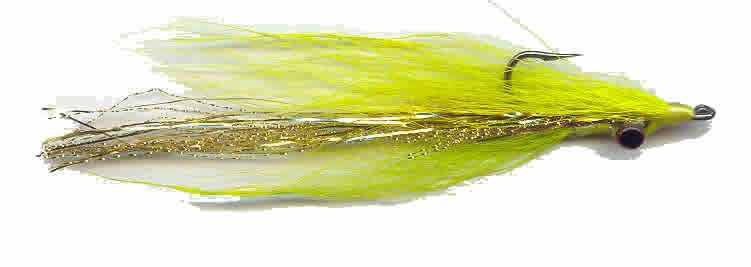
The most expensive part about how to make plastic fishing lures is obtaining a mold. Molds are used to speed the whole process up and they make a more uniformed plastic worm. You simply pour the melted plastic inside holding the mold at an angle to insure the mold fills from bottom to top that way you do not get any air bubbles inside your plastic worms. Then you let the mold sit to cool so that the plastic sets, then removing the plastic worm carefully place them inside a small container of water to finish cooling and curing. Adding things like glitter etc are ways you can jazz up your own homemade fishing lures.
But what if you don't want to bother with purchasing a plastic worm mold? Can you still make soft plastic lures? How to make plastic fishing lures without a commercial mold is not that difficult to do. Here's how I go about making a mold from common Plaster of Paris. The first step is to simply create the two halves of the mold. You can use anything you like to hold the plaster, aluminum foil, small cardboard boxes, pie plates etc. The trick is to let the 2 halves partially set before actually creating your mold. I like to let my molds set for about 30 minutes to an hour depending on the thickness of the plaster.
The next step in how to make plastic fishing lures is to use a master worm. Now a master worm can be anything really, the easiest is to use a worm from your tackle box or make one from modeling clay, either way works. If you do choose to use a plastic worm from your tackle box make sure as you set the worm into one half of the mold to line up the seam on the worm with the top of the plaster otherwise you'll land up with 2 seams in your new plastic fishing lure. One from the master and one from your newly made mold.
Ok before setting the master worm inside one half of the mold it is important to coat the worm in either some Vaseline or vegetable oil. The purpose here is so that the worm doesn't stick to plaster once it is fully set. Now carefully set the plastic worm into the mold halfway. Again paying attention to any seams that may exist on your plastic worm.
Next we need to make registration pins in the mold so that it will line up the way we want when it comes time to pour in our melted plastic. The easiest way here is to use some finishing nails I like to use about 3 and set them into the semi set mold. Then put the other half of the mold on top, clamp it together and let it set overnight to insure the plaster fully sets.
All is not done yet, there are still a couple steps yet to do in how to make plastic fishing lures. Now after we have removed the master worm and the plaster is fully set you need to cut a sprue channel so that you have somewhere to pour in the melted plastic. Finally we need to seal the mold. Plaster is porous and even if it's fully set you will have all kinds of little leaks inside the mold if you do not take the precaution to seal your mold. Any kind of epoxy or mod podge will work. Don't get carried away just a light coat will do. Now our mold is finished.
As you can see how to make plastic fishing lures isn't that difficult and there are creative ways we can get around the more expensive parts to making plastic fishing worms by making our own molds. There are a few other pointer to make mention and you should be able to pour out your plastic worms without any trouble, and that is before pouring the melted plastic into the mold, coat the insides lightly with some vegetable oil or Vaseline just so its easier to remove the finished product.
For information about tackle making you can find a lot of resources over at homemade fishing lures. There you can find a lot of useful information and instruction on how you can make your own plastic fishing lures.
Article Source: http://EzineArticles.com/?expert=Tony_Bolton
see my previous post :
Some Great Tips To Help You Catch More Fish While River Fishing